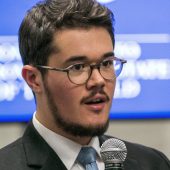
Vyacheslav W. Polonski
Former DPhil Student
Vyacheslav Polonski an OII DPhil alumnus, specialising in network science and the sociology of the Internet. His research focused on the structural aspects of collective behaviour in online communities.

THE GIST: As part of Startup Fest Europe, I had the opportunity to travel to the Netherlands earlier this year to attend CampusParty: a technology festival of creativity, science, digital entertainment and entrepreneurship. The event was held in Utrecht between May 25–29, 2016. Here are some thoughts and reflections on the event.
If creativity is thinking up new things, then innovation is doing things in new unthinkable ways. This mantra was not only repeated, but also lived and experienced by over 5,000 young people at CampusParty 2016 in Utrecht. CampusParty is an intense week-long technology festival that brings together renowned technology pioneers and innovators with young people who are interested in creativity, science, digital entertainment and entrepreneurship. As part of the delegation of Oxford University, I had the opportunity to travel to Utrecht to participate in this great event earlier this year.

The conference featured keynote speakers from a variety of backgrounds and included several successful entrepreneurs, designers, academics, policy-makers, performance artists and even a Nobel Prize laureate. For example, Jeff Jarvis, Ethan Zuckerman, Jon Maddog, Camille François, Guszti Eiben, Dirk Ahlborn, Mike Bainbridge, Euro Beinat, Dan Shechtman, Robert Gaal, Eva Gladek, Nadya Peek, Bill Buxton, Ricky van Veen and many others. CampusParty was opened by Holley Murchison and Roderick Wijsmuller, who welcomed the speakers and participants and introduced the main motto of the 2016 conference: #FeelTheFuture.
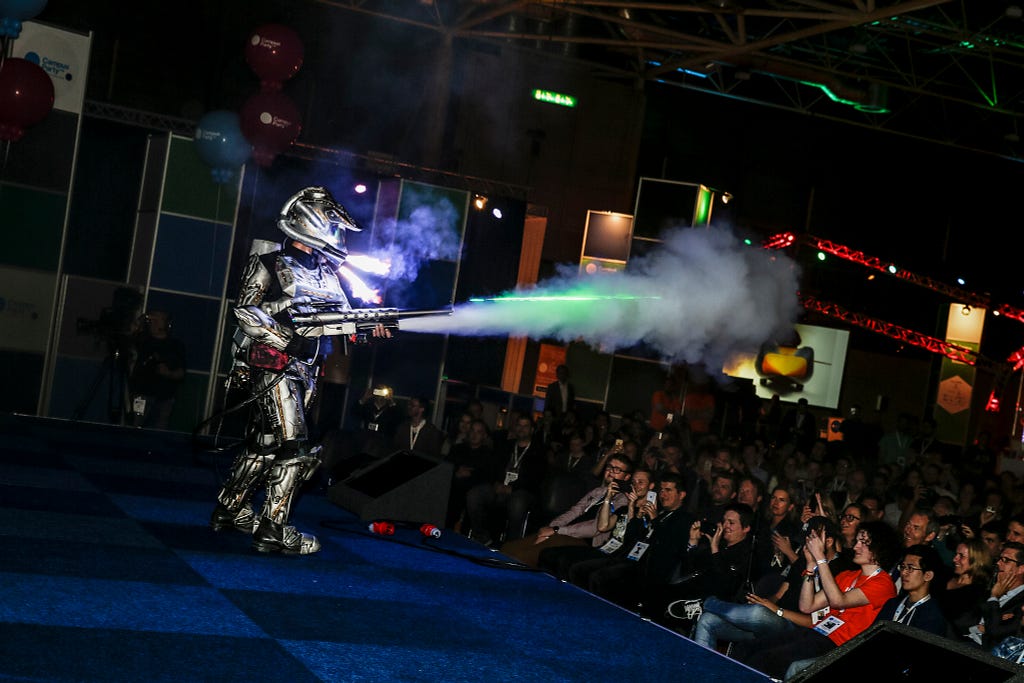
Right from the start, the organisers began by emphasising something very important about the event: “At CampusParty, we don’t talk about the future. We build the future!” This focus on the interactive, collaborative and impact-driven aspects of the conference, rather than the passive listening to lectures and panel discussions, is essentially what differentiates CampusParty from any other technology conference in the world. What is more, this lived interactivity and creativity is also something I’ve noticed about the people in attendance: most of the participants combined an entrepreneurial mind with an adventurous spirit — and you really had to have both to make the most out of CampusParty: Not only did we live in small camping tents during the whole festival week, but we were also constantly sleep-deprived because of the many hackathons and challenges that were running in parallel to the main sessions. These competitions were meant to bring participants together to work on ground-breaking innovative solutions to some of the most pressing issues facing our world, including climate change, food scarcity and Europe’s current refugee crisis.
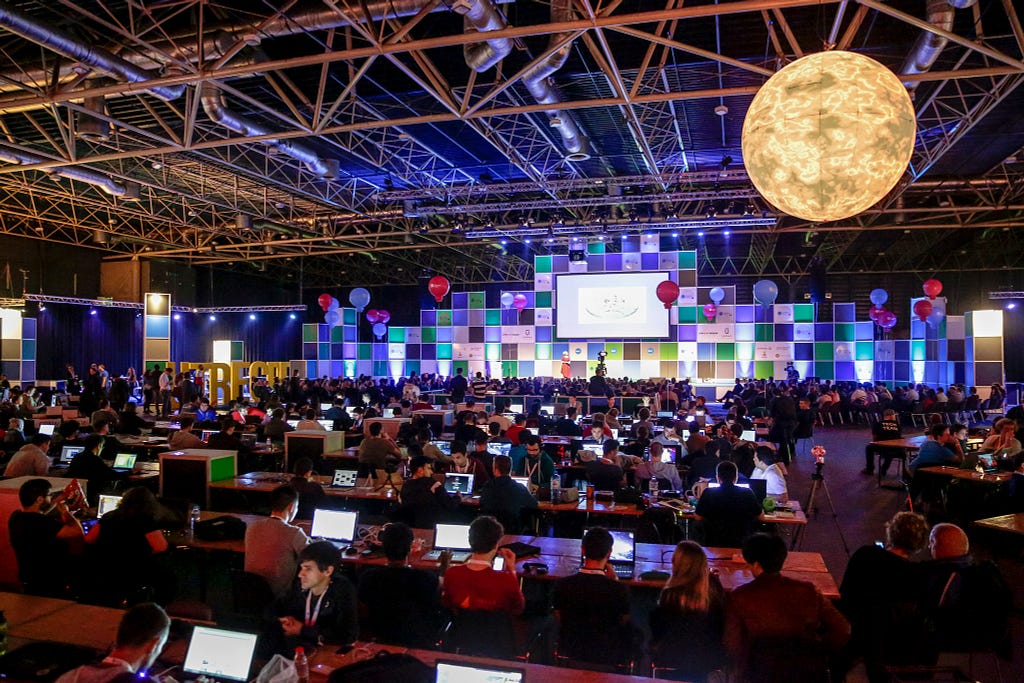
Between sessions, I had the opportunity to explore some of the newest technologies and talk directly to the creative minds behind these extraordinary innovations. With a population of just over 16 million, the Netherlands has produced a remarkable number of innovative start-ups in recent years. There are now dozens of accelerators, start-up hubs and co-working spaces in and around Amsterdam, Utrecht and Rotterdam to provide a platform for the next generation of Dutch innovators. This group of people was showcasing their latest inventions at CampusParty and, indeed, some of the displayed products felt like science fiction turned into reality; technologies we have today that we never thought would be possible. For example, we took our first all-round 360° selfie with a wide-angle spherical camera; we 3D-printed detailed miniature versions of ourselves from an instantaneous 3D full-body scan; and we jumped off a plane at 9000ft to experience a parachute free-fall in virtual reality (VR). Overall, I was really impressed with the innovative capacity of the Dutch start-up scene and the boundless amounts of energy and enthusiasm of the people I’ve met at the event.
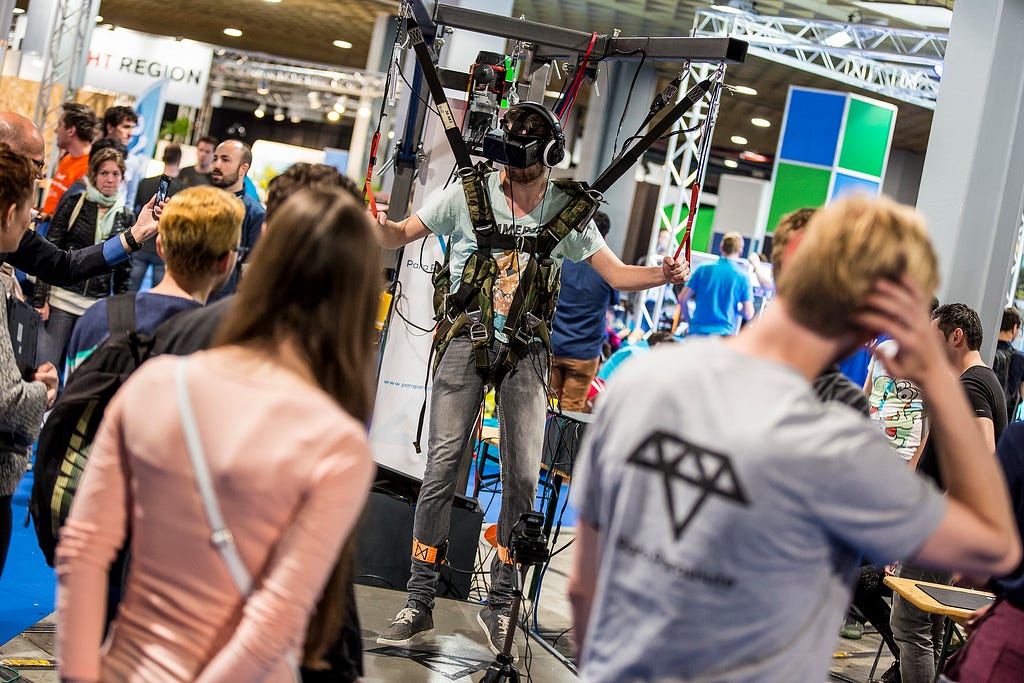
What excites me most is when two things that aren’t supposed to connect, connect. For example, there were several sessions devoted to applications of VR beyond gaming to solve pervasive problems in the real world and help people live better lives. One of these sessions was led by Dr Thomas Furness, who is known for his contributions in developing human interface technology and is frequently called the ‘Grandfather of VR’. As part of the Virtual World Society, Dr Furness offered remarkable examples of how VR technologies are currently used to help disabled people and patients with Alzheimer’s to connect with the world and discover new therapeutic experiences. Other examples included the use of VR to assist people with Aphasia to help them reconnect with their use of language. Even though most of these projects are still in their infancy, I am certain that using VR in hospitals and elderly homes can have a much wider-reaching positive impact in assisting the treatment of patients with immersive and interactive VR experiences.
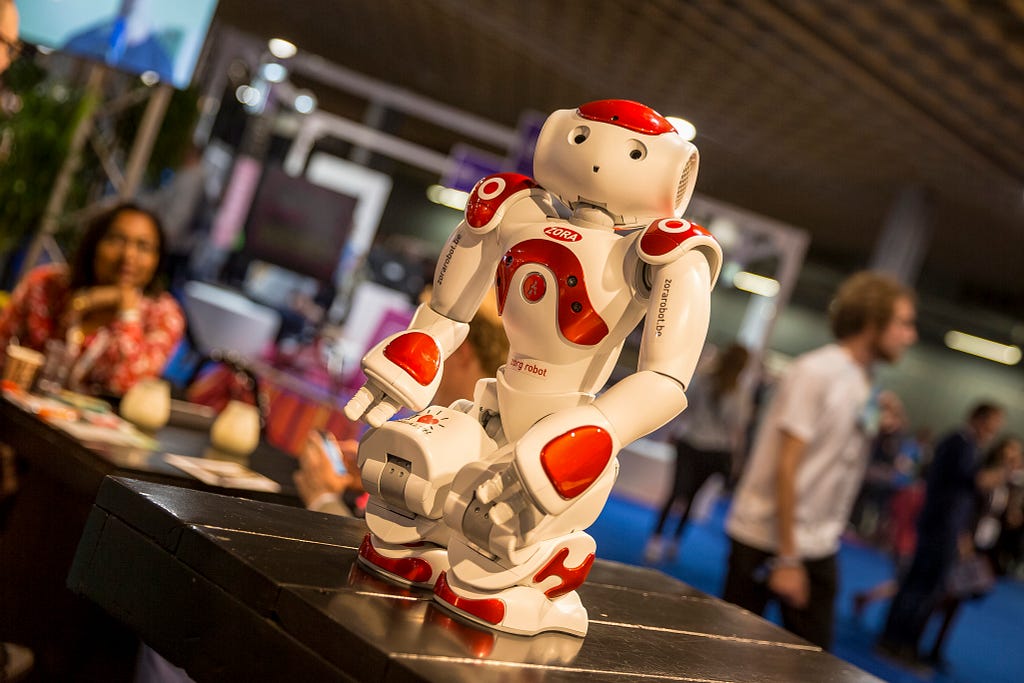
Another innovation idea with a transformative global impact is the advent of Artificial Intelligence (AI) in everyday life. Originating from current advances in data science methods, there is a whole slew of new applications that use specialised machine learning algorithms to make our technologies smarter. IBM’s Christoph Auer-Welsbach, who leads IBM Watson’s partner innovation activities across Europe, engaged the CampusParty participants with thought-provoking case studies of the uses of AI in products and services. Instead of developing apps that allow users to do specific tasks, the goal now is to develop apps that will perform these tasks on behalf of the user by predicting the users’ needs and preferences in advance. Following Christoph’s example, I have continued to explore these themes as part of my research at the Oxford Internet Institute and my involvement in the World Economic Forum’s Global Shapers community and the Fourth Industrial Revolution in order to help advance the next level of digital transformation with AI i.e. real-time, context-aware personalisation on a large scale using natural language interfaces and self-learning systems.
Of course, the best part of participating in an event like CampusParty was the connections you make with the other attendees that can lead to friendships, collaborations and other opportunities. The people I’ve met were truly some of the most creative and entrepreneurial minds in Europe and I can’t wait to see what they accomplish in the coming years. To paraphrase William Gibson’s well-known expression about the unevenly distributed future: we don’t have to wait for the future to arrive, it is already here and it is our responsibility to spread it more broadly and evenly.
https://medium.com/media/a29b26d254ad6acd4a10f14639997c47/href
About the author: Vyacheslav (@slavacm) is a doctoral candidate at the Oxford Internet Institute, researching complex social networks, digital identity and technology adoption. He has previously studied at Harvard University, Oxford University and the London School of Economics and Political Science. Vyacheslav is actively involved in the World Economic Forum and its Global Shapers community, where he is the Curator of the Oxford Hub. He writes about the intersection of sociology, network science and technology.
Originally published in the Enterprising Oxford Blog on August 5, 2016.
If you enjoyed this post, please hit the tiny “heart” button, leave a comment below or share this post with your friends and colleagues. Thank you!